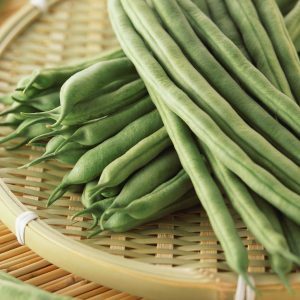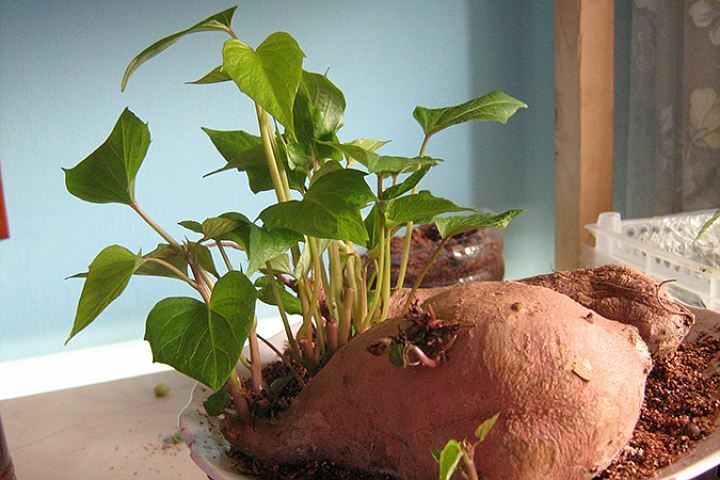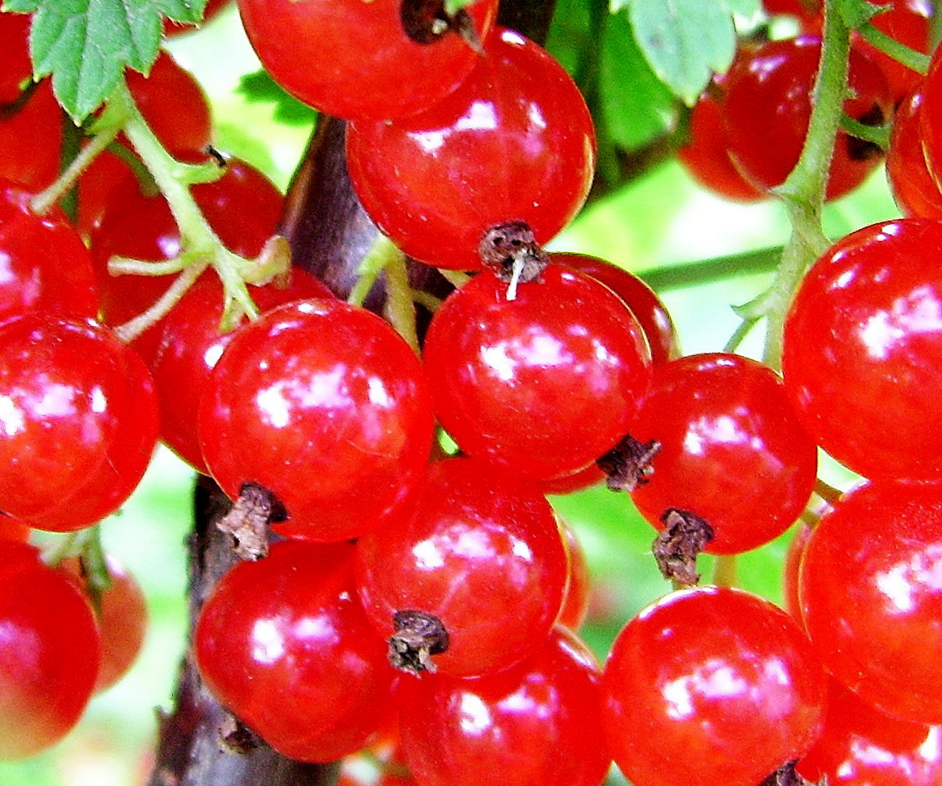Ruccola: good and bad
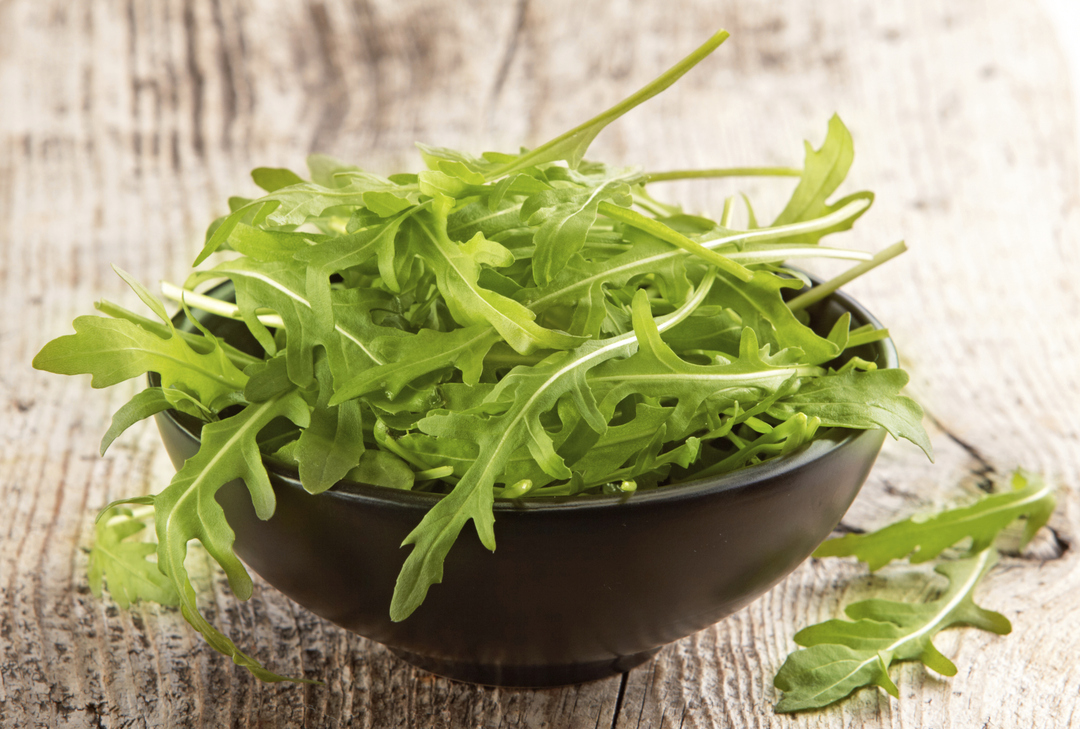
Ruccola is a plant from the family of cruciferous, cabbage, which is recognized by official medicine as a very useful product.Until recently, arugula was considered a common weed, which was actively added to livestock and poultry forage.But modern science claims not only about its useful properties, but also about the exquisite taste that can improve the quality of many dishes.Most often this herb with a nutty, peppery taste and a little sourness is used as an additive to meat and fish dishes.
Nutritional value arugula
Chemical composition:
- Calories: 25 kcal
- Protein: 2.58 g
- Fat: 0.66 g
Show the full list »
- Carbohydrates:2.05 c
- Dietary fiber: 1.6 g
- Ash: 1.4 c
- Water: 91.71 grams
- Mono- and disaccharides: 2.05 c
- saturated fatty acids: 0.086 c
Vitamins:
- Beta-carotene: 1.424 mg
- Vitamin A( RE): 119 μg
- Vitamin B1( thiamine): 0.044 mg
- Vitamin B2( Riboflavin) 0.086 mg
- Vitamin B3( pantothenic): 0.437 mg
- Vitamin B6( pyridoxine): 0.073 mg
- Vitamin B9( folic): 97. mu.g
- Vitamin C: 15 mg
- Vitamin E(FC): 0.43 mg
- Vitamin K( phylloquinone): 108.6
- mcg Vitamin PP( niacin equivalent): 0.305 mg Choline
- : 15.3 mg
Macronutrients:
- Calcium:
- 160 mg Magnesium 47 mg Sodium
- :
- 27 mg Potassium 369 mg Phosphorous
- : 52 mg
Microelements:
- Iron 1.46 mg Zinc
- : 0.47 mg
- Copper 76 mcg
- Manganese: 0.321 mg
- Selenium 0.3 mcg
Calorie described plant is only 25 kcal per 100 g - isMakes rukola a completely dietary product.It contains only 0, 66 grams of fat, 2.05 g of carbohydrates, 1.6 g of fiber and 2.58 proteins - it is almost a unique combination of important elements for the health of the body. The use of the rukole is given by the micro / macro elements contained therein:
- iron;
- Manganese;
- zinc;
- copper;
- selenium;
- phosphorus;
- potassium;
- magnesium;
- Sodium;
- calcium.
There are a number of vitamins A, B1-B4, B5, B6, C, E, K and B in the described plant. If you eat young shoots of this spicy grass, then the necessary amount of iodine will fall into the body -This will be useful for people living in regions remote from the sea.And already ripe leaves and stems of arugula contain flavanoids - substances that strengthen the walls of blood vessels.
Use of arugula for the body
Thanks to its rich chemical composition, the described plant has an exceptionally beneficial effect on the body. He is credited with the following properties of :
- helps strengthen blood vessels and improves blood circulation;
- normalizes metabolic processes in the body - in particular, improves water-salt metabolism;
- improves digestion;
- strengthens the nervous system;
- lowers the concentration of cholesterol in the blood, removes excess of this harmful substance from the body;
- has a diuretic effect;
- can be used as a disinfectant;
- improves the appearance of nails and hair - makes them stronger.
Rukkola has unique anti-invasive properties, therefore its use in peptic ulcer of the stomach and duodenum is approved even by physicians, and not only by folk healers.This spicy herb is able to reduce the size of already existing ulcerative lesions of the mucosa and prevent the emergence of new pathologies.
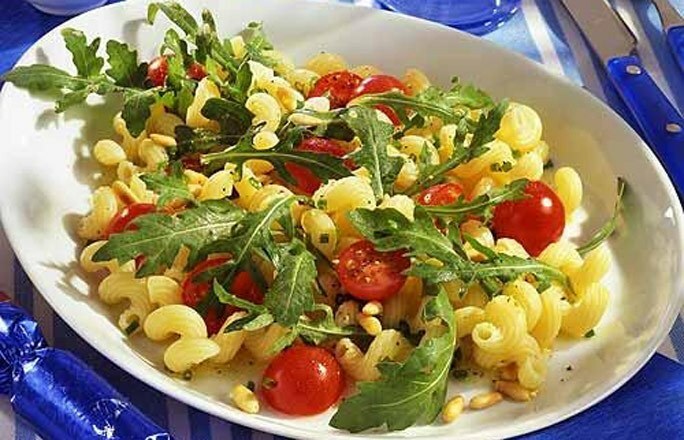 It is recommended to use arugula with :
It is recommended to use arugula with :
- gout;
- inflammatory diseases of the kidneys and urinary tract;
- stress and irritation;
- hair loss;
- fragility of nail plates.
The described grass contains a very large amount of micro / macroelements and vitamins - this makes arugula a natural energy, so it will be advisable to introduce it into the diet in case of chronic fatigue syndrome, large physical and mental loads.
Another interesting fact: arugula has the properties of male aphrodisiacs.Therefore, it must necessarily be used by middle-aged and older men - prolongation of the opportunity to lead an active sexual life is guaranteed.
Ruuku arrows - is it worth something to fear
Ruccola is very useful - it certainly.But it contains a lot( for greenery) of sugar - this, perhaps, is the only lack of spice.Therefore, it is undesirable to use arugula in large quantities for people with diagnosed diabetes mellitus, although it is not worthwhile to completely exclude it from the diet.
Another nuance: since the described plant contains acid, it should be limited to its use in gastritis with high acidity.But it is to restrict, not to exclude altogether from the menu.
How to properly use arugula
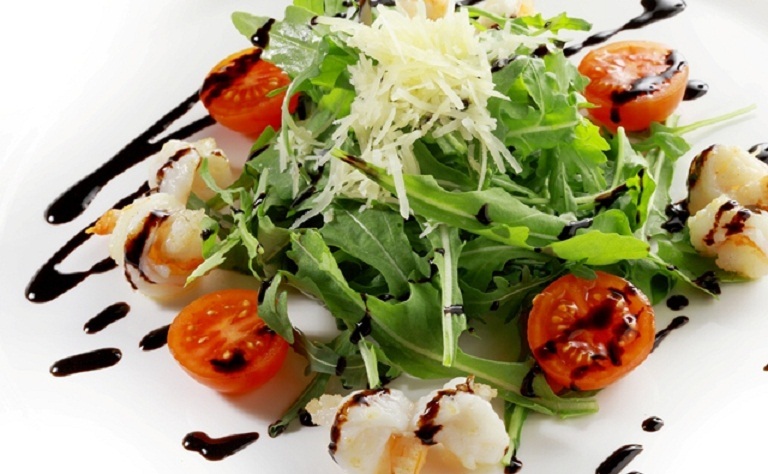
If you enter arugula exclusively in the menu, you can and should eat it fresh - just drizzle the leaves and grass stems with lemon juice and add a little olive oil to get a salad.It is this dish that can become a base for unloading days, as well as suppers while maintaining a diet for weight loss.Rukkolu is added to stewed and fried dishes from meat and fish, with it even marinated shish kebab - this gives the dishes a piquant note.
If the described product is to be used as a remedy, then it is worth remembering the following rules:
- to prevent the formation and healing of already existing stomach and duodenum ulcers can be eaten with freshly rucola;
- if necessary to improve the efficiency you need to grind the grass in a blender, pour boiling water and drink the resulting drink at one time( 100 g of arugula per 100 ml of water);
- if you need to improve the sexual abilities of men, you can prepare a special composition of honey, black pepper and arugula - they are mixed in a ratio of 1: 1: 10 and take a tablespoon daily.
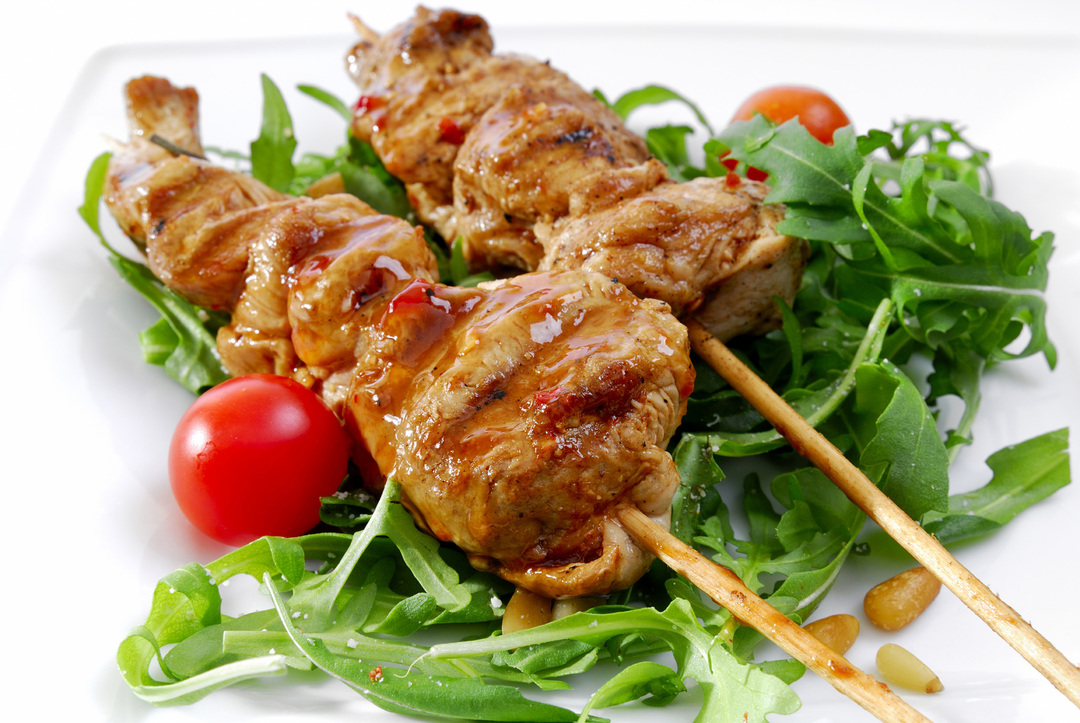
Rukkola should be on the table of each person - this spicy grass will not only improve the taste of dishes, but also contribute to healing, will arouse appetite and will not add a single extra kilogram.

